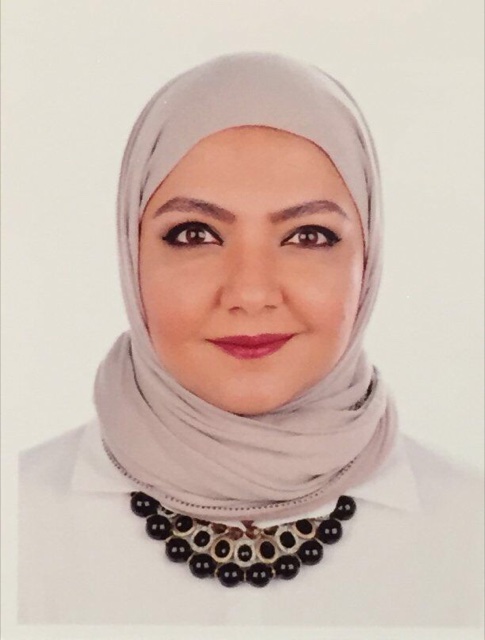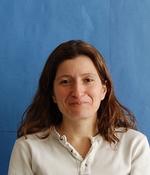
Shaima AlQattan
Shaikh Salem Al-Ali Centre
Audiology and Speech Therapy
Sabah Health Area, Kuwait
salqattan@gmail.com
website

Ghada Khattab
Speech and Language Sciences Section
Newcastle University
ghada.khattab@newcastle.ac.uk
website

|
Shaima AlQattan Shaikh Salem Al-Ali Centre Audiology and Speech Therapy Sabah Health Area, Kuwait salqattan@gmail.com website |

|
Ghada Khattab Speech and Language Sciences Section Newcastle University ghada.khattab@newcastle.ac.uk website |
| Participants: | 70 |
| Type of Study: | cross-sectional, monolingual |
| Location: | Kuwait |
| Media type: | audio |
| DOI: | doi:10.21415/T5Z89X |
In accordance with TalkBank rules, any use of data from this corpus must be accompanied by at least one of the above references.
The data collection took place in Kuwait. A total of 70 children, in groups of ten, were sampled from the general Kuwaiti population. Residents of Kuwait originating from neighbouring countries were excluded. The subjects were randomly selected from variable ethnic backgrounds and social classes, concentrating on inner city population. The sample was divided into seven gender- balanced subgroups with the following age ranges: 1;4-1;7, 1;8-1;11, 2;0-2;3, 2;4-2;7, 2;8-2:11, 3;0-3;3 and 3;4-3;7.
Spontaneous speech sample was audio and video recorded on a single occasion. The parent was instructed to interact spontaneously with his or her child for 30 minutes. A set of rubber toys and picture books were made available during all recording sessions. The parent/child spontaneous interaction was digitally recorded with an Edirol R-09HR Handheld SD Recorder and a Shure PG14/PG185 Lavalier wireless microphone system attached to a custom made vest and connected wirelessly to the recorder. The vest was made to hold the microphone transmitter on the child’s back and the lavalier microphone was attached approximately 10-15 centimetres below the child’s chin.
All children were offered a screening hearing assessment in the form of free- field audiogram to ensure adequate hearing necessary for the child’s speech development. The researcher used an Interacoustics PA5 Kamplex KS5 portable paediatric audiometer to perform the screening test in a quiet room prior to recording the speech sample. They each passed a 25- or 30-dB pure tone hearing screening test at 500, 1000, and 4000Hz.
A number of picture books and rubber toys (duck, fish, frog and turtle) were made available for the parents to use during the recording session. The parents were encouraged to use the provided toys and books when the child was not cooperative, especially near the end of the 30-minute session.